The Psychology of New Urbanism
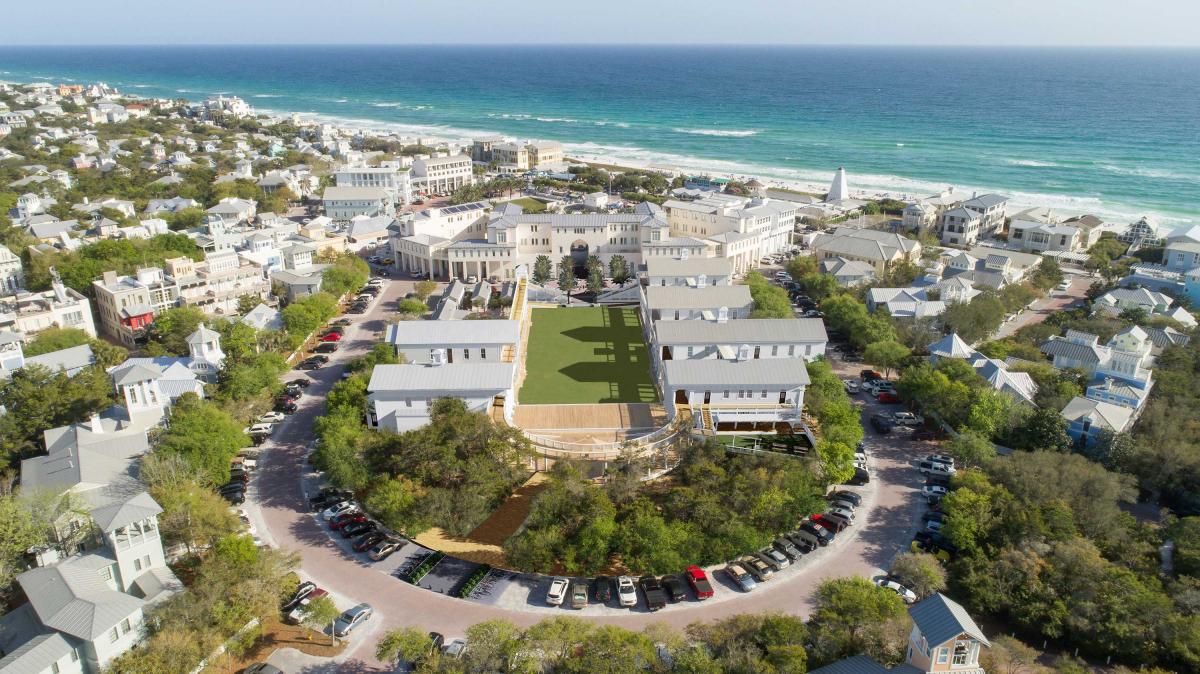
What is New Urbanism?
New Urbanism emerged in the 1980s as a response to the social, environmental, and aesthetic shortcomings of suburban sprawl and modernist urban planning. The movement gained prominence through the 2000s, reflecting broader shifts in culture, technology, and politics that shaped its principles and practices.
Cultural Context:
The rise of New Urbanism coincided with growing environmental awareness and a desire for more sustainable and community-oriented living environments. The movement tapped into a cultural nostalgia for traditional town planning and a sense of belonging that many felt was lacking in modern suburbs. New Urbanism also reflected changing demographics, with more people seeking walkable, mixed-use neighborhoods that fostered social interaction and a sense of place.
Technological Advances:
Advances in green building technologies, energy-efficient design, and sustainable infrastructure supported the New Urbanist vision of more environmentally responsible development. The rise of the internet and digital communication tools also facilitated community engagement and participatory planning processes, which are key tenets of the movement.
Political Landscape:
New Urbanism gained political support as governments sought to address issues of sprawl, traffic congestion, and environmental degradation. Smart growth policies and transit-oriented development initiatives aligned with New Urbanist principles. The movement also resonated with growing concerns about social equity and the need for more diverse and affordable housing options.
Key Innovators:
Several influential figures shaped the New Urbanist movement, including:
Andres Duany and Elizabeth Plater-Zyberk:
Co-founders of the Congress for the New Urbanism and pioneers of the Traditional Neighborhood Development (TND) model.
Peter Calthorpe:
Advocate for transit-oriented development and author of “The Next American Metropolis.” Léon Krier: Influential architect and urban theorist who championed traditional town planning principles.
Christopher Alexander:
Architect and design theorist whose ideas about pattern languages and human-centered design influenced New Urbanist thought.
Related Architectural Styles:
New Urbanism draws inspiration from and incorporates elements of several architectural styles, including:
Neo-traditional or Traditional Neighborhood Design (TND):
Emulating pre-World War II American towns with walkable streets, mixed uses, and human-scaled buildings. Transit-Oriented Development (TOD): Concentrating mixed-use development around transit stations to encourage public transportation use and reduce car dependency. New Classical or Neo-Classical Architecture: Incorporating classical design elements and proportions to create a sense of timelessness and visual harmony. Vernacular Architecture: Adapting local building traditions, materials, and craftsmanship to create regionally authentic and contextually responsive designs.
Innovations and Impact:
New Urbanism introduced several innovative ideas that have shaped contemporary urban planning and design:
Mixed-use zoning:
Integrating residential, commercial, and civic uses within walkable neighborhoods. Interconnected street grids: Promoting walkability, connectivity, and dispersing traffic. Form-based codes: Regulating development based on physical form rather than land use, emphasizing the relationship between buildings and public spaces. Green infrastructure: Incorporating natural systems and sustainable design principles into urban landscapes. Participatory planning: Engaging communities in the design and decision-making process to create more socially responsive and equitable environments.
While New Urbanism has faced criticism for issues of affordability and the potential for homogenized aesthetics, its principles have become influential in mainstream urban planning and design. The movement continues to evolve, addressing emerging challenges such as climate change, social equity, and technological disruption.
Bibliography and Further Reading:
Congress for the New Urbanism. (n.d.). Charter of the New Urbanism. Retrieved from https://www.cnu.org/who-we-are/charter-new-urbanism
Duany, A., Plater-Zyberk, E., & Speck, J. (2000). Suburban Nation: The Rise of Sprawl and the Decline of the American Dream. New York: North Point Press.
Katz, P. (1994). The New Urbanism: Toward an Architecture of Community. New York: McGraw-Hill.
Kunstler, J. H. (1993). The Geography of Nowhere: The Rise and Decline of America’s Man-Made Landscape. New York: Simon & Schuster.
Talen, E. (2005). New Urbanism and American Planning: The Conflict of Cultures. New York: Routledge.
Tachieva, G. (2010). Sprawl Repair Manual. Washington, DC: Island Press.
Read about the Psychology of Other Styles of Architecture
The Psychology of Architecture
The Psychology of Architecture

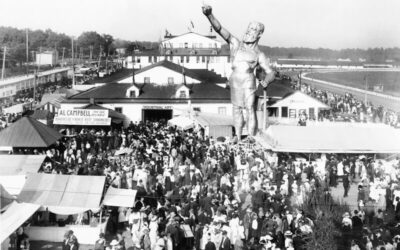
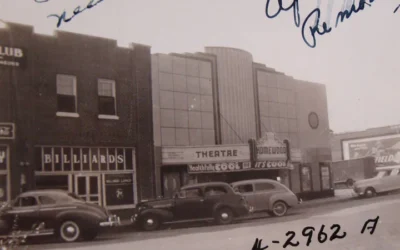
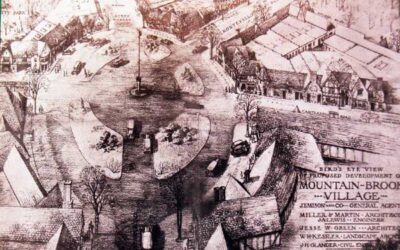











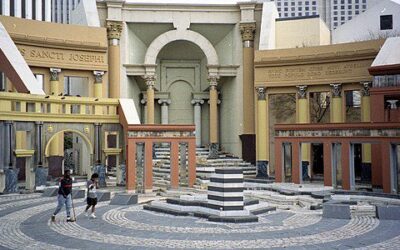
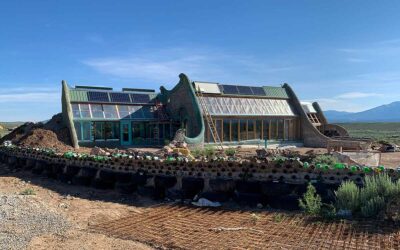
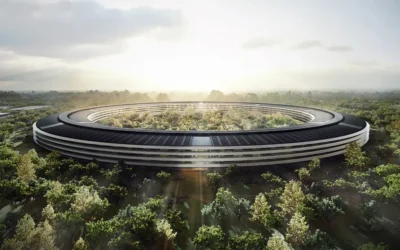

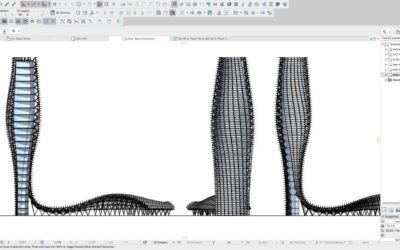



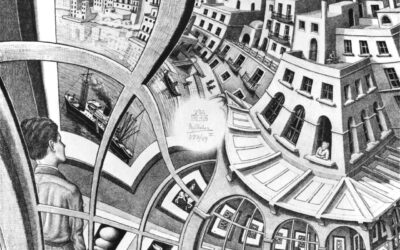

0 Comments